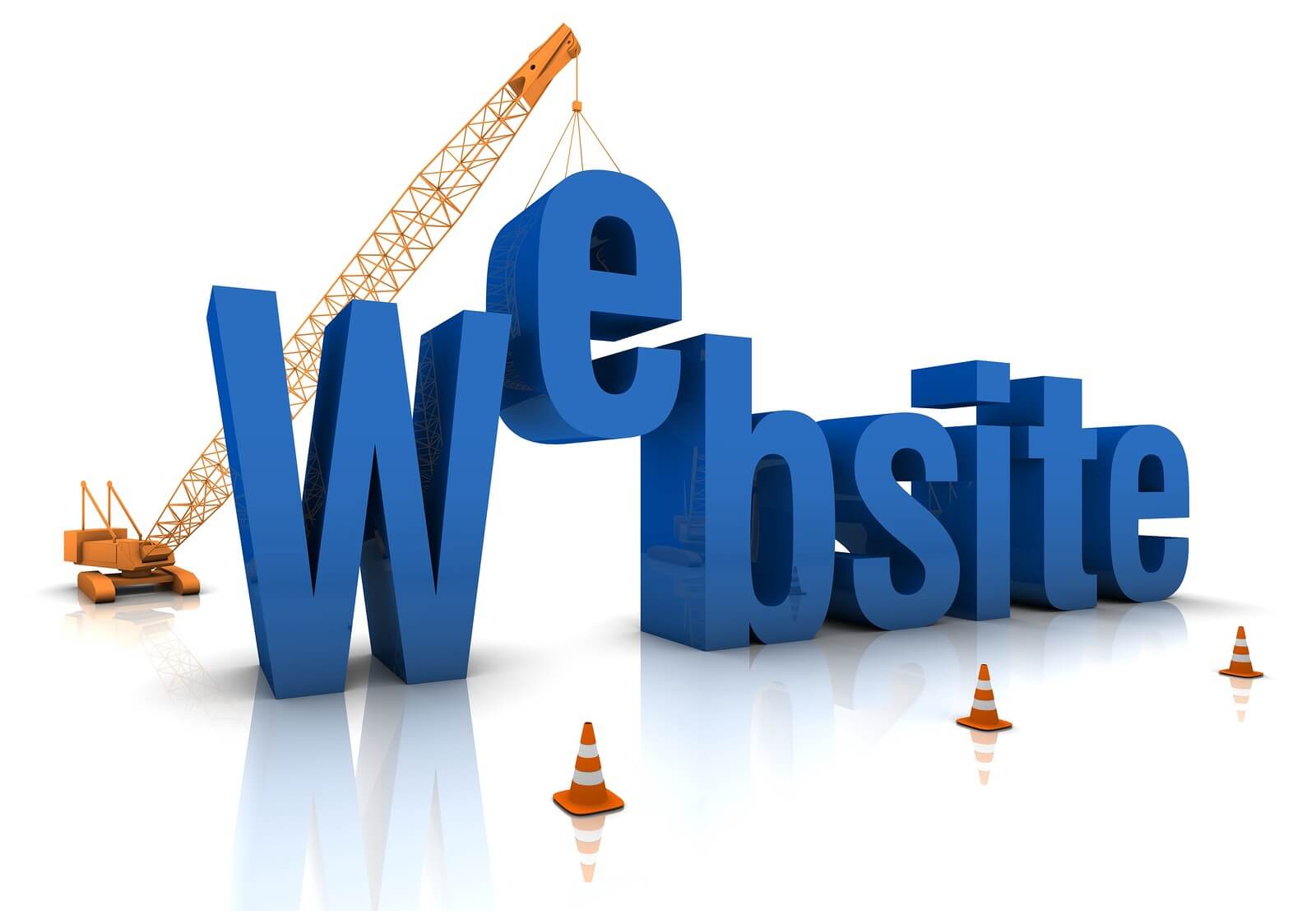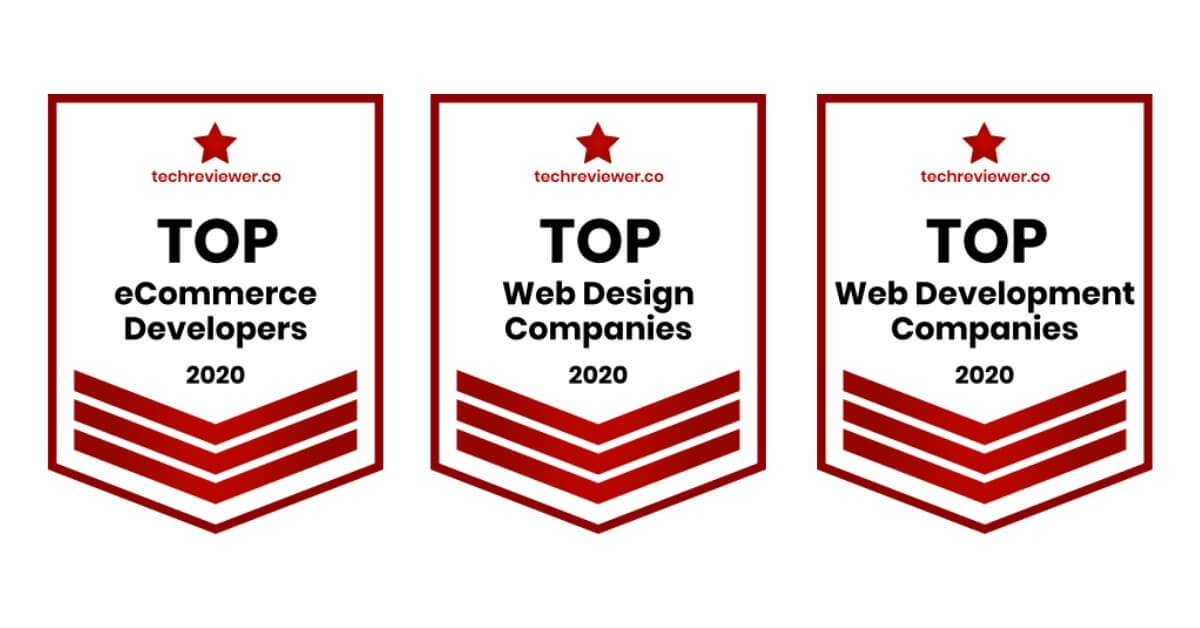Did you know that when you hire an outsourced development and design team to build a website, a significant amount of time and energy are spent on the Discovery Phase? The product discovery services include the foundational communication, planning, and strategy portions that occur prior to development. The average time to create a website will largely be influenced by this phase of essentially dotting all your i’s crossing all your t’s, but in the end, it definitely pays off.
So how long does it take to build a website? It depends…on many factors.

Before You Start to Build
How long does a website take to build? The average time to create a website can vary substantially based upon a number of factors including, your team’s size, the skills they have, the features you want, and the number of screens you need to be designed and developed, among other things. Before you start, consider the following questions:
1. What is the goal of your website? Is it just an informational marketing site or do you expect to drive revenue through it? Are you capturing data and leads through your website or allowing users to interface with a gamified feature or integrating with some other applications? The more pages, functionality, integrations, and custom work you need to be done, the higher cost to build a website.
2. Does your website have a number of visible and hidden features/logic? Will you be engaging in one of the templates above, or does your website involve more than one?
3. Does your website involve animations, interactions, motion, video, or complex graphics? Believe it or not, your UI can make a huge difference in the time your website takes to build, especially with all of the multimedia options available today and improvements you can make to the user experience.
Every website has a build process, and most sites have a timeline for completion at every step. If your deadline is imminent, the best thing you can do is begin preparing and sharing assets and any documentation you have written with the development team. This can include the text you want to use (usually referred to as “website copy”), images you own that you can use, any keyword information, videos, and finally any search engine optimization considerations, etc.
E-Commerce Website
E-Commerce websites come with lots of options, making timelines easier to estimate with proper planning. For the fastest route, begin with an out-of-the-box platform designed just for e-Commerce: BigCommerce, PrestaShop, Magento, Shopify, Volusion, WooCommerce, and WordPress with plugins are the most popular choices.
You might be asking yourself though, “How much does it cost to build ecommerce website“, or “How long does it take to build an E-Commerce website?” That depends too…on key organizational and digital asset management tasks. Completing these tasks before you begin collaborating on design will move your E-Commerce website into the fast lane:
- Product photography is done, and each product has a title, a title tag, a meta description tag, and even similar products assigned to it.
- Social media channels are built out and URLs are available for linking.
- Your security certificate is in place and ready to activate. This is what you call an SSL that adds a layer of security to your site.
- Your legal documents and policies are completed you will show them on the website
- You have a hierarchy of products that includes a list of categories and products to help with navigation design.
- You’ve grouped items together for breadcrumbs.
- Sold out or discount banners have been designed and are ready.
- You have your products divided into three categories: Now, coming soon, and later. Product upload and optimization is a manual process. If you have thousands of products, the average time to design a website will be reduced dramatically by how you categorize and deliver your product needs to the designer. The best practice is to formulate a list of items that need to go live upon site launch, a list that can go live after launch, and a “last priority” list that can go live a few weeks after launch.
Some E-Commerce website platforms are faster than others, but watch out for these shortcuts.
Investing in the right E-commerce technology the first time as well as planning on how to ace a B2B eCommerce website development project successfully will save you headaches when it’s time to launch new products, optimize certain categories, focus on SEO, or upgrade your entire platform.
A small E-Commerce website can be designed and up and running within a month in some cases. There are a few exceptions though including sites with many different types of pages and sites with thousands of products (it will take longer to upload the metadata and product imagery). Tasks like adding a lot of custom functionality (i.e. shipping and order tracking for physical products) and custom reports can also be time-consuming as will incorporating the decisions and opinions of numerous major stakeholders.
The key to a successful eCommerce website development site also relies heavily on testing. Ask your development team who is responsible for quality assurance testing services once the site is ready to launch, how they plan on testing, and where are they recording the issues that are identified that could be impacting your sales.
CMS Website
A Content Management System is the most common form of business websites. WordPress, Drupal, Joomla, SharePoint or even platforms like Wix or Squarespace are considered a CMS. WhatCMS.org identifies 171 different Content Management Systems. Spiral Scout even built a custom CMS for websites.
How long does it take to build a website on a CMS platform? There are a number of variables that impact this timeline. The best way to meet your publishing deadline is to share it with the developer, outline the site in terms of the number of pages, types of functionality you will need, any plugins you need to use, if your designs are completed or need to be done, etc.. From there you can determine if they can work within the time frame.
Working with an experienced development partner when you’re on a tight deadline is critical. It’s easy to give a fast estimate to win a customer’s business up front, but the truth is, without defining the details of the project it is next to impossible to determine the length of time that a project could realistically take. Having more info written down that you can share with the developer is vital to speeding up the process and getting an accurate estimate.
Corporate Portals and Intranets
When you consider intranet or web portal development, it is usually more time intensive than a traditional website. The number one reason for longer turnaround times: major stakeholder approvals. When creating a branded internal asset for a company, multiple departments are going to comment and weigh in on the final product, resulting in several rounds of design changes.
Blogs
A blog or article site is typically less time-intensive than a regular website. While many blogs use a CMS like WordPress with a pre-designed theme, even those that don’t require less pre-planning since much of the content is created after the design is final. You can use out of the box HTML responsive templates that will allow you to use a predefined template that will look good on mobile, tablet and desktop and can be manipulated by a developer to get your exact look and functionality.
Community Sites and Forums
Community sites usually fall under the CMS umbrella and many connect a forum to the site. Just like a typical CMS site, make sure your images, copy, and tags/keywords are ready to hand off to the development team.
Online Learning Sites
Web courses are revolutionizing the online classroom experience and companies are investing in employee training and continuing ed through online eLearning sites and learning management systems. Basic training sites offer secure accounts for users, keep records of current coursework and completion data, and divide coursework into segments based on user profiles.
Most online learning sites involve a custom CMS solution, but the biggest time investment goes into planning. Bring some sample learning sites to your developer to illustrate your “must-have” list, and go from there. You can also do some research on the type of Learning Management Software you might want to use that will help fill your business goals.
Website Timeline: Post Launch Activities
When you receive a time frame and website price estimate for the development, design, and launch of a new website, does it include post-launch activities? It should.
A reputable website design/development team knows that development doesn’t stop at launch. #webdev @SpiralScout
Not only is there a post-launch evaluation process, where edits and changes are part of the normal process, but website support and maintenance is just as important as the initial build. Failing to update plugins or software can lead to pages that won’t load, shopping carts that won’t work, broken sign up forms, etc.
If you’ve invested in a quality website and marketing services, ask about ongoing maintenance options to keep everything running at optimal performance levels. In most cases, you can do this on an hourly basis or get project estimates from your development partner. You can also ask about setting up a service level agreement (SLA) that will get you a certain number of developer hours each month to help with urgent issues or provide 24/7 support if your site goes offline unexpectedly.
Take the Time to Get It Right
Your website is the first online experience that most people will have of your entire business, and you never get a second chance to make a first impression.
When factoring in the average time to build a website, one must include the time that is needed to do proper testing on different devices, browsers and operating systems. If you are more savvy, you will allocate time to survey real users for the features they actually would use and want. For optimizing your results, you can use split test or multivariate testing tools to see which user interfaces and design selections work the best for your users.
Most importantly, you want to build a site that is intuitive, structured in a way that gets the user to the information they need as fast as possible, loads lightning quick, and is flexible enough to implement changes as you learn new things.
Building a website that your team can leverage to deliver value to your customers is critical to digital marketing success. So how long does it take to develop a website like this? It’s up to you. Your ability to focus on the most important aspects during development and delegate ongoing tasks to a capable team after launch will influence your timeline the most.



